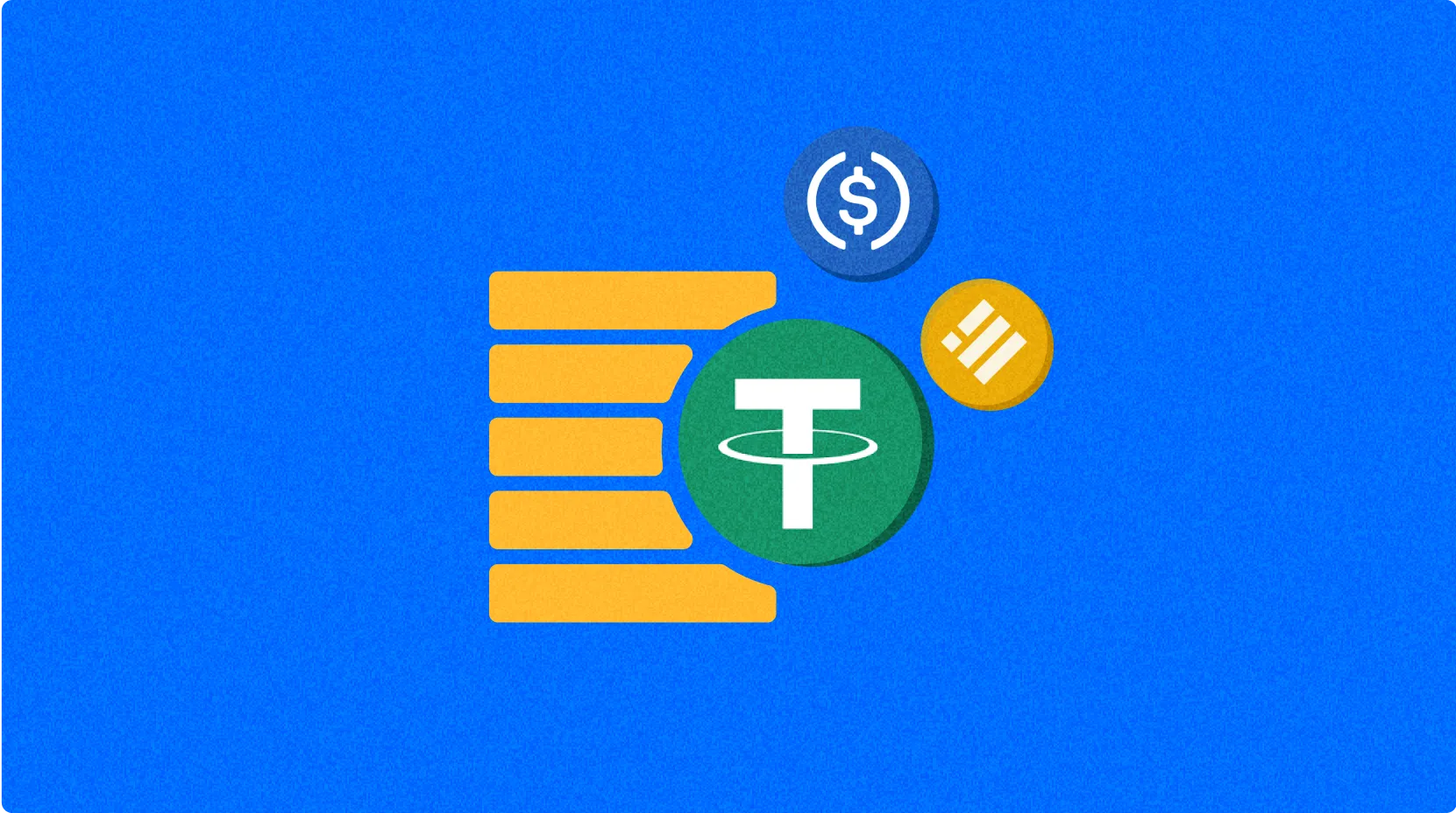put option definition

A Put Option is a financial derivatives contract that gives the holder (buyer) the right, but not the obligation, to sell a specified amount of an underlying asset at a predetermined price (strike price) on or before a specific date (expiration date). In the cryptocurrency market, put options are commonly used to hedge against downside risk or to profit from anticipated market declines. The put option buyer pays a premium (option fee) to acquire this right, while the seller (writer) is obligated to purchase the asset at the strike price if the buyer chooses to exercise the option.
What is the market impact of put options?
Put options, as important risk management tools, have several impacts on the cryptocurrency market:
-
Market sentiment indicator: The trading volume and pricing of put options can reflect the market's collective expectations for future movements of crypto assets, with high put option premiums typically indicating anticipated downside risk.
-
Volatility management: Institutional investors and market makers use put options to construct complex strategies that help stabilize markets and provide liquidity, especially during turbulent periods.
-
Derivatives ecosystem development: The proliferation of put options has contributed to the maturation of the cryptocurrency derivatives market, attracting more traditional finance participants to the space.
-
Price discovery mechanism: The put options market provides an additional channel for price discovery, helping markets more efficiently assess asset risk and value.
What are the risks and challenges of put options?
Despite being valuable trading instruments, put options come with risks that participants should understand:
-
Complexity risk: Option strategies are more complex than spot trading and require deep understanding of Greeks (Delta, Gamma, Theta, etc.), making them unsuitable for inexperienced investors.
-
Liquidity limitations: Cryptocurrency options markets have lower liquidity compared to traditional financial markets, potentially resulting in wider bid-ask spreads and slippage, increasing trading costs.
-
Regulatory uncertainty: Regulatory stances on crypto derivatives vary globally, potentially limiting access for users in certain jurisdictions.
-
Counterparty risk: Over-the-counter put options carry counterparty default risk, particularly under extreme market conditions.
-
Volatility risk: The inherent high volatility of cryptocurrencies makes option pricing more challenging, potentially leading to unfavorable pricing and risk management issues.
Future Outlook: What's next for put options?
As a core component of the crypto derivatives market, the future development of put options is worth noting:
-
Product innovation: More customized put option products are expected to emerge, including options contracts for emerging tokens, DeFi protocols, and NFTs.
-
Decentralized options platforms: Smart contract-based decentralized put option protocols are developing, promising to reduce counterparty risk and increase market accessibility.
-
Increased institutional participation: As regulatory clarity improves, more traditional financial institutions are expected to participate in cryptocurrency put option markets, bringing more liquidity and product standardization.
-
Integration with traditional finance: Put options may serve as bridges connecting traditional finance and crypto markets, facilitating capital flow and cross-market application of risk management techniques.
-
Zero-knowledge proof applications: Privacy-preserving technologies may be applied to options trading, allowing traders to verify transaction legitimacy while protecting strategy privacy.
The value of put options as risk management and speculative tools is increasingly evident in the cryptocurrency market. As market sophistication improves, options trading will become more mainstream and standardized, though investors should remain cautious of its inherent complexity and risks. Successful put option trading requires deep understanding of market dynamics, option pricing theory, and strict risk management principles rather than a simple speculative mindset.
Share
Related Articles

Exploring 8 Major DEX Aggregators: Engines Driving Efficiency and Liquidity in the Crypto Market

What Is Copy Trading And How To Use It?
